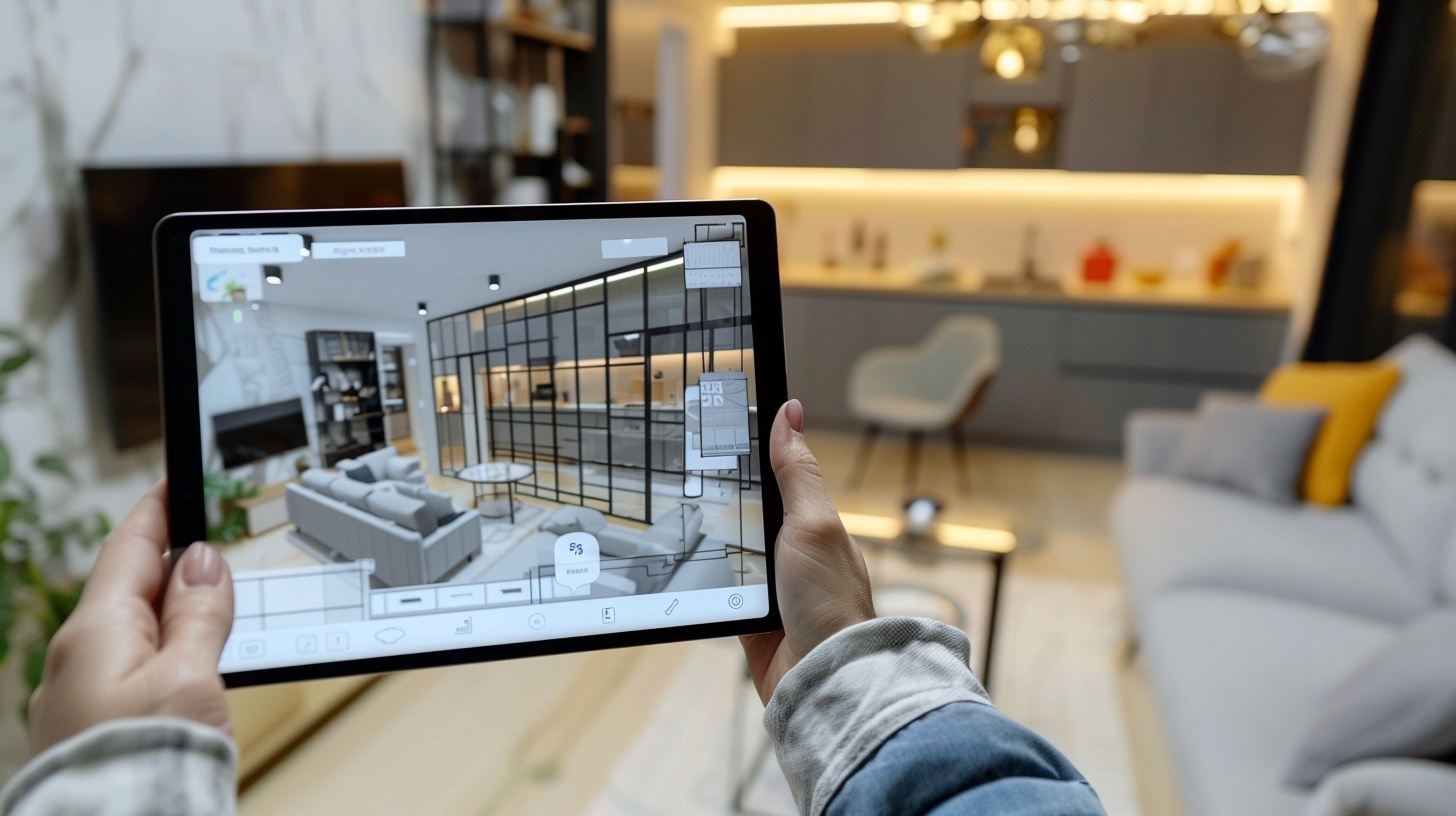
How Technology Has Helped Shape The Architecture Landscape

Technology has revolutionized architecture, transforming how buildings are designed, constructed, and experienced. From the early days of pen and paper to the ultra-realistic world of Building Information Modeling (BIM), technological advancements have continually pushed the boundaries of what is possible in architectural design.
In the past, architects relied on traditional tools like drafting tables, pencils, and rulers to create their designs. These manual methods were time-consuming and limited the complexity of the structures that could be conceived. However, with the introduction of Computer-Aided Design (CAD) software in the late 20th century, architects gained a powerful new tool to streamline their work and explore more intricate designs.
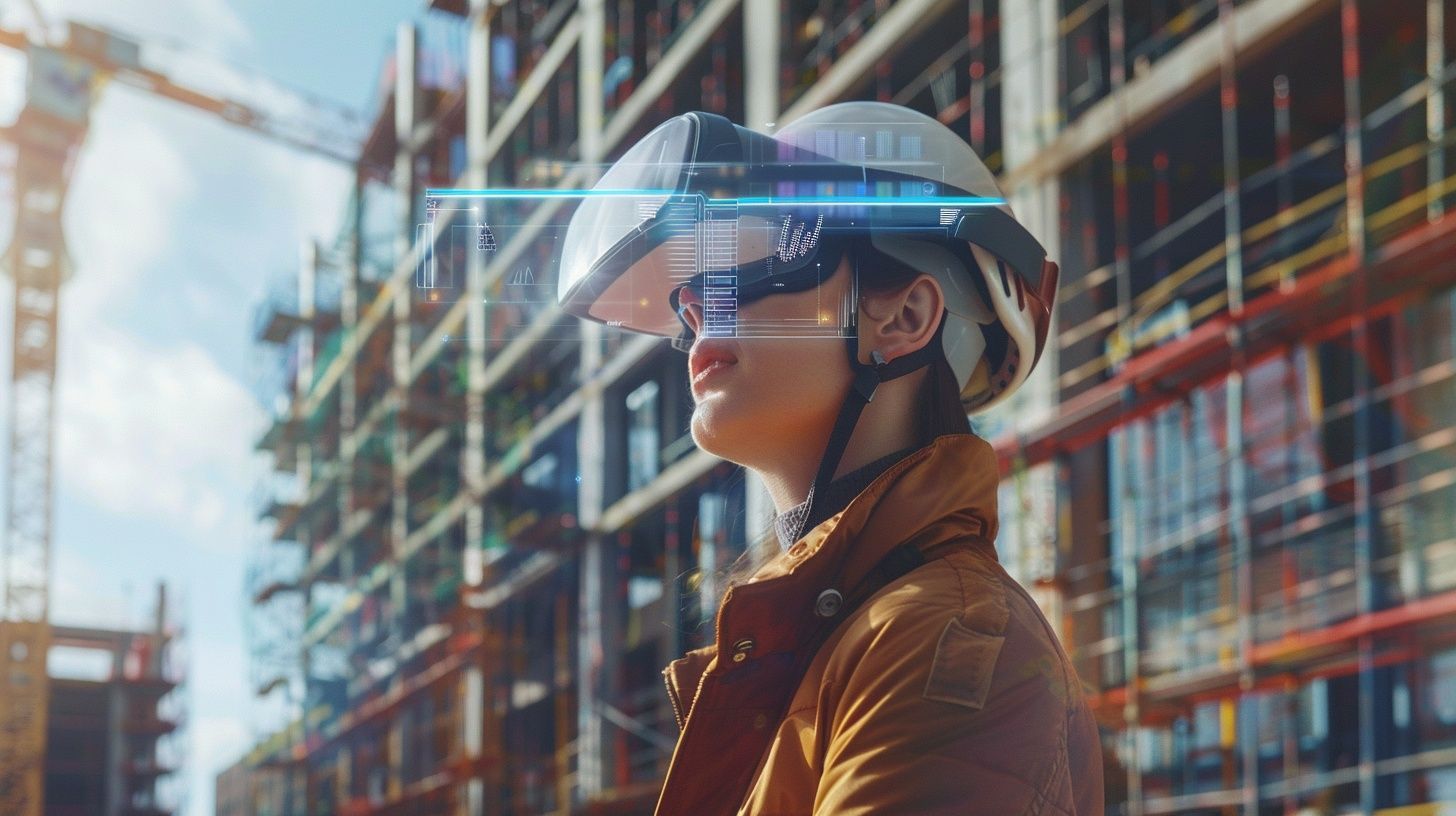
Latest
Other Topics
How CAD revolutionalized Architecture
CAD software allowed architects to create detailed 2D drawings and 3D models of their projects, enabling them to visualize and refine their ideas more efficiently. This technology also made it easier to collaborate with other professionals involved in the construction process, such as engineers and contractors.
BIM Was Also A Game Changer
While CAD represented a significant leap forward, it was the development of BIM that truly revolutionized the architectural landscape. BIM is a process that involves creating a digital representation of a building that includes not only its physical geometry but also data about its materials, systems, and performance. This information-rich model serves as a shared resource for all stakeholders involved in the project, from architects and engineers to contractors and facility managers.
BIM Facilitating Collaboration and Coordination
One of the key benefits of BIM is its ability to facilitate collaboration and coordination among project teams. By working from a single, centralized model, everyone has access to the most up-to-date information, reducing the risk of errors and inconsistencies. BIM also allows for clash detection, identifying potential conflicts between different building systems before construction begins, saving time and money.
Collaboration and Efficiency
In addition to enhancing collaboration and efficiency, BIM has also transformed the way architects design buildings. With the ability to create highly detailed, realistic 3D models, architects can now explore and evaluate design options more thoroughly than ever before. They can simulate how a building will perform in various conditions, such as different weather patterns or occupancy levels, and make informed decisions based on this data.
BIM has also opened up new possibilities for sustainable design. By integrating energy analysis tools into the BIM process, architects can assess the environmental impact of their designs and optimize them for energy efficiency. This not only helps to reduce the carbon footprint of buildings but also leads to lower operating costs for building owners.
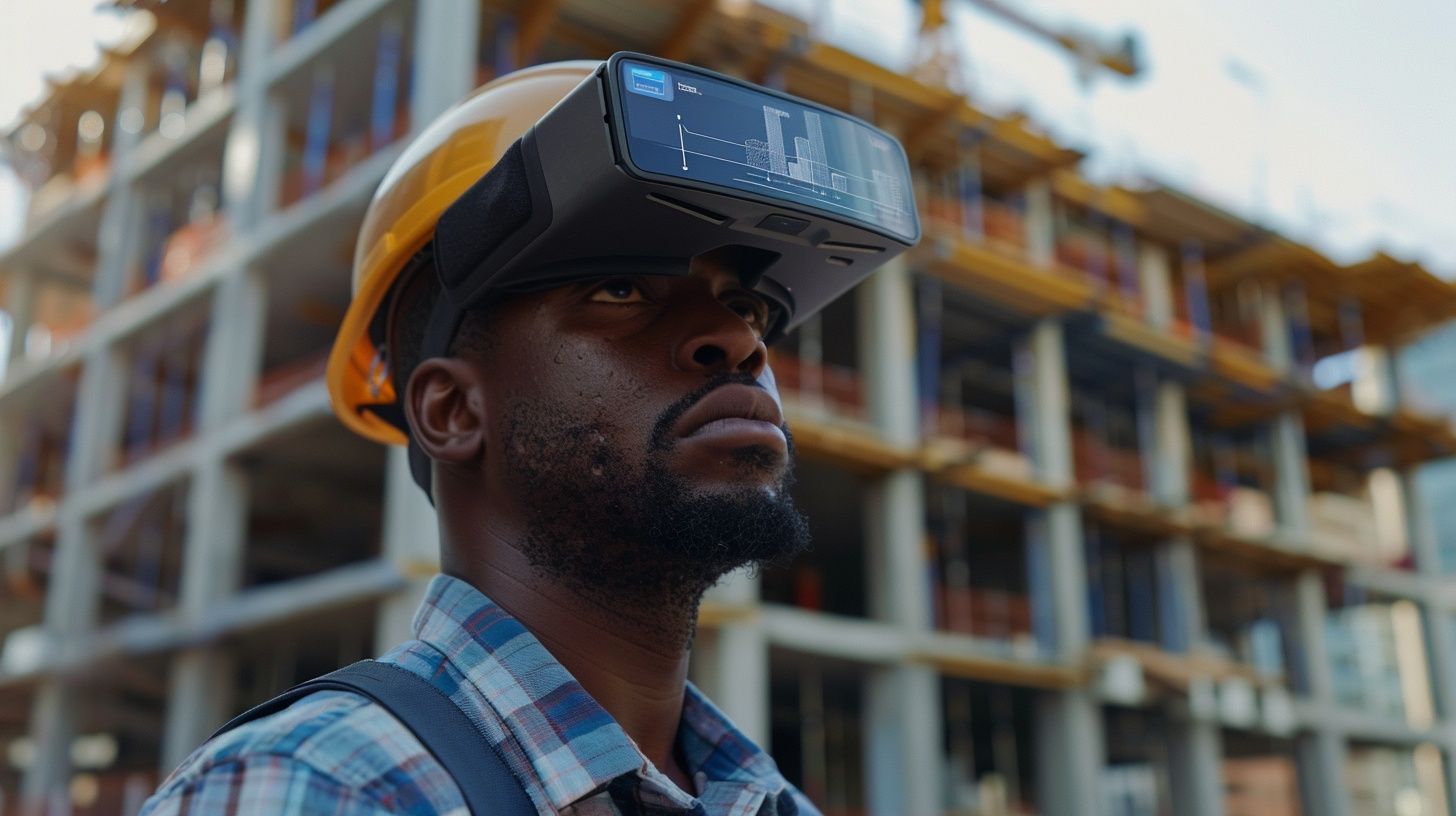
Cutting-edge technology shaping the future of architecture
As impressive as BIM is, it’s just one of the many cutting-edge technologies shaping architecture’s future. Other innovations, such as virtual reality (VR) and augmented reality (AR), are changing the way architects design and present their projects.
With VR, architects can immerse themselves and their clients in a fully interactive, three-dimensional representation of a building before it’s even constructed. This allows for a more intuitive understanding of the space and enables architects to make design adjustments based on real-time feedback. AR, on the other hand, overlays digital information onto the real world, allowing architects to visualize how their designs will look in the context of the existing environment.
3D Printing
Another technology that’s making waves in the architecture landscape is 3D printing. This additive manufacturing process allows for the creation of complex, customized building components that would be difficult or impossible to produce using traditional methods. From intricate facade elements to entire buildings, 3D printing is opening up new possibilities for architectural expression and efficiency.
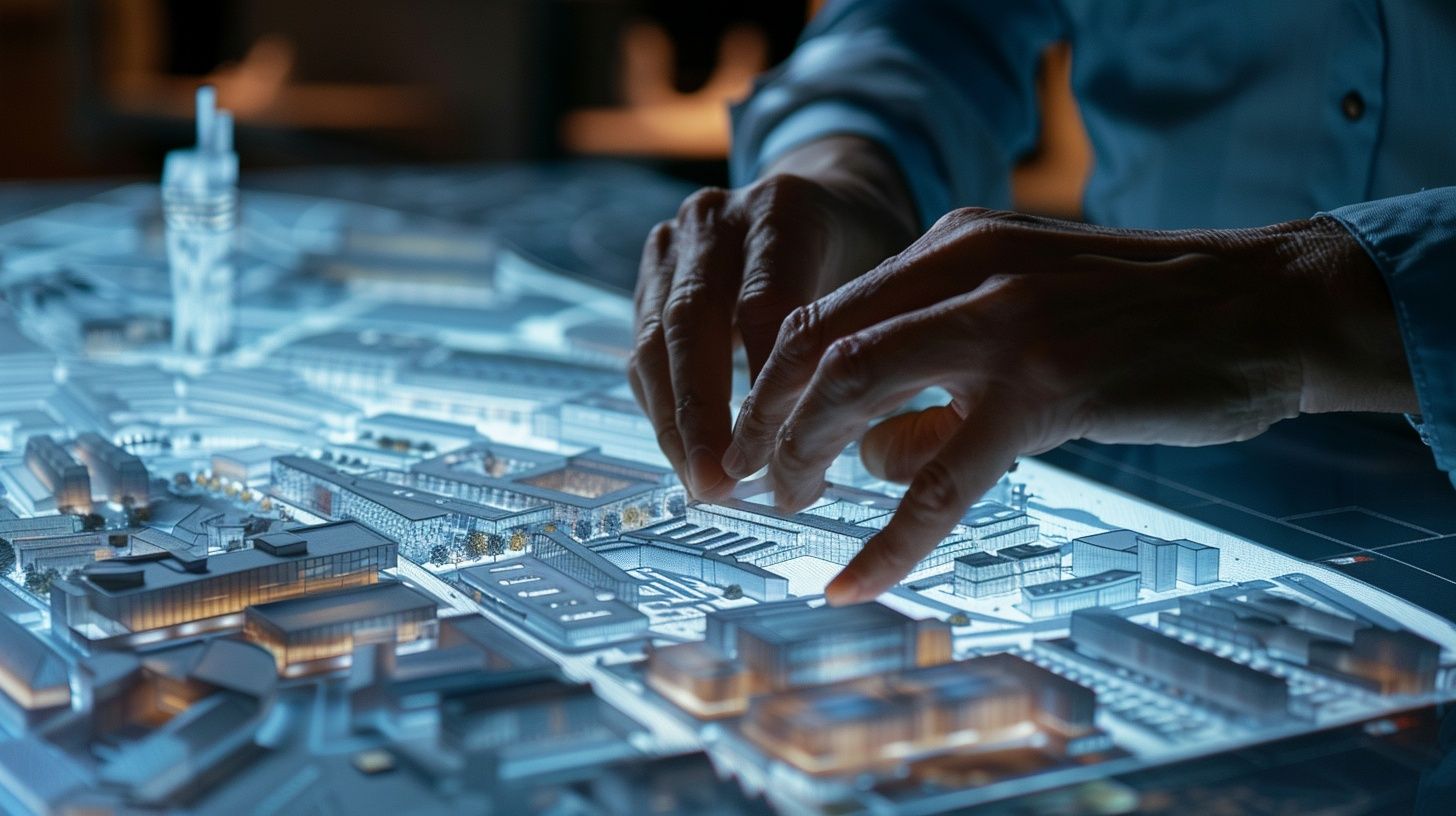
The power of data analytics and artificial intelligence
In addition to these design-focused technologies, architects are also leveraging the power of data analytics and artificial intelligence (AI) to inform their decision-making processes. By collecting and analyzing vast amounts of data about building performance, occupant behavior, and environmental factors, architects can gain valuable insights into how to optimize their designs for comfort, efficiency, and sustainability.
AI is also playing an increasingly important role in the architecture landscape. Machine learning algorithms can help architects to automate repetitive tasks, generate design options based on specific criteria, and even predict how well a building will perform before it’s built. As AI continues to evolve, it’s likely to become an even more integral part of the architectural design process.
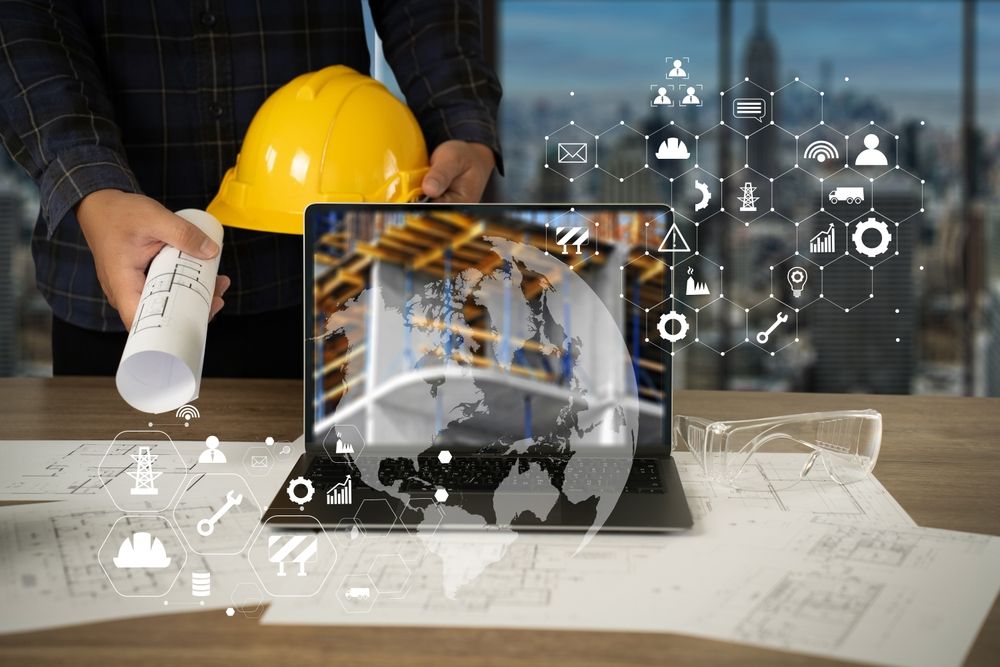
Embracing technology for a sustainable future
As the world faces growing challenges related to climate change, population growth, and urbanization, the architecture profession has a critical role to play in creating sustainable, resilient, and livable buildings and cities. Technology is a key enabler of this mission, providing architects with the tools they need to design smarter, more efficient, and more environmentally responsible structures.
By embracing technologies like BIM, VR, AR, 3D printing, data analytics, and AI, architects can not only streamline their work and enhance their creativity but also contribute to a more sustainable future. These tools allow for better-informed design decisions, more efficient use of resources, and the creation of buildings that are better adapted to their local contexts and the needs of their occupants.
The Role of Architects in Guiding Technological Adoption
As technology continues to transform the architecture landscape, architects have an important role to play in guiding its adoption and ensuring that it’s used in a way that benefits both the profession and society as a whole. This requires architects to stay up-to-date with the latest technological developments, to critically evaluate their potential impacts, and to integrate them into their work thoughtfully and responsibly.
Drawbacks
One of the challenges facing architects is the need to balance the benefits of technology with its potential drawbacks. For example, while BIM and other digital tools can certainly streamline the design process, they can also lead to a sense of disconnection from the physical reality of the built environment. Architects must strive to maintain a strong connection to the materiality and experiential qualities of their designs, even as they embrace the efficiencies offered by technology.
Social And Cultural Aspects of Architecture
Another important consideration is the impact of technology on the social and cultural aspects of architecture. As buildings become increasingly automated and data-driven, there’s a risk that they may lose some of the human touch that makes them feel like places where people want to live, work, and gather. Architects have a responsibility to ensure that the buildings they design, no matter how technologically advanced, still serve the needs and aspirations of the people who will use them.
Collaborating for innovation and progress
Ultimately, the successful integration of technology into the architecture landscape will require close collaboration among architects, engineers, technology experts, and other professionals. By working together across disciplines, we can develop new tools and approaches that enhance the design process, improve building performance, and contribute to a more sustainable and equitable built environment.
This collaboration can take many forms, from interdisciplinary research projects and design charrettes to the development of new software tools and platforms. By pooling our knowledge and resources, we can accelerate the pace of innovation and create solutions that are greater than the sum of their parts.
Final Thoughts
It’s also important for architects to engage with policymakers, educators, and the wider public to promote understanding and adoption of new technologies in the built environment. By advocating for policies that support technological innovation, helping to train the next generation of architects in the use of cutting-edge tools, and communicating the benefits of technology to clients and communities, architects can play a vital role in shaping the future of the profession.
Technology has had a profound impact on the architecture landscape, transforming the way buildings are designed, constructed, and experienced. From the early days of CAD to the cutting-edge world of BIM, VR, AR, 3D printing, data analytics, and AI, architects now have an unprecedented array of tools at their disposal to create buildings that are more efficient, sustainable, and responsive to the needs of their occupants.

